Osteopaths are well known for treating lower back pain. But what kinds of back pain are there? There are a number of different structures within the back, and any of them can cause pain. Some of these behave very similarly, whereas others might stand out dramatically.
Sciatica and Intervertebral Discs
Patients are often worried when it appears that their pain may have something to do with a disc. There is a disc between each vertebra, and it plays a number of roles. They are squishy enough to allow movement of the bones above and below them, and they help to shock absorb as well. They are very firmly attached to their neighbouring bones, and as a result will never actually slip. They can, however, bulge.
By the age of 40, most people will have at least one bulging disc. But most people over 40 do not have lower back pain. This is because a disc bulge is not inherently painful. The NHS advises against the routine imaging of patients with lower back pain. If the back pain is simple enough and can be managed conservatively, there would be no benefit on blaming it on a disc that may or may not be playing a role.
Discs can degenerate over time, and they can be associated with chronic pain. Repeated or constant irritation of the disc can encourage new nerves to grow into the disc, therefore making it more sensitive.
If a disc bulges into a nerve that feeds into the sciatic nerve, it can cause pain. This is often felt as a shooting pain along the back of the thigh and calf. It may also affect the buttock or sole of the foot. Sometimes it is accompanied by other neurological symptoms, such as:
pins and needles
numbness
weakness
There are a few places where the nerve can be irritated, so your osteopath will work to find out where your problem is. We look to resolve the underlying issue as well as managing your symptoms.
Joint Pain
Another common cause of lower back pain is osteoarthritis. Despite what a lot of people think, a diagnosis of osteoarthritis (or just arthritis) is not the end of the road. In the early stages especially, the affected cartilage can be very responsive to efforts to get the joints moving properly again. Your osteopath can help with this in the treatment room and with exercises for you to continue at home.
Signs of arthritis in the back can include pain that might spread from the centre of the back to one side, stiffness, or a feeling that movement is no longer smooth. There may be additional stiffness first thing in the morning, but this passes quickly. Sometimes arthritis in the back is a secondary effect of arthritis elsewhere. For example, if the hip loses movement, the back has to compensate.
Not all joint pain in the lower back is caused by arthritis. Your osteopath will examine you to determine the cause of your symptoms.
Inflammatory Back Pain
As we are often the first port of call for people with lower back pain, we also need to be able to recognise what it out of our remit. Research into inflammatory back conditions such as Ankylosing Spondylitis (AS) and AxSpA is improving, although there is still typically an 8 year delay for diagnosis. AS is a rheumatoid condition in which the joints of the lower back and pelvis become inflamed. After an inflammatory episode, the body attempts to heal the damage done. Unfortunately, when it lays down new bone, it fuses the joints together.
This can be easily mistaken for typical lower back pain in the early stages. Early intervention, including formal diagnosis by a rheumatologist, is key for a good outcome. Modern medications can slow the progress of AS, limiting the fusion between joints. Some patients also find that gentle osteopathic treatment helps them to manage their symptoms, although it is important to recognise that this is not a cure. Inflammatory back pain is aggravated by too much activity, and the same effect can be caused by excessive treatment.
If we suspect that your back pain is out of our remit, we can support you in referring you back to the GP for further investigation or treatment.
These are not the only causes of lower back pain. You can make an appointment with one of our osteopaths using our online booking system here.






